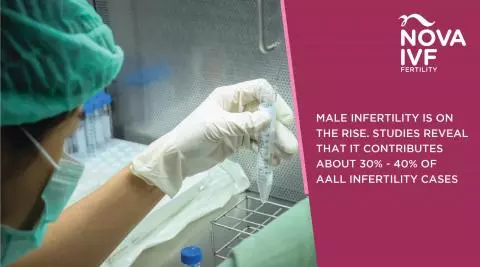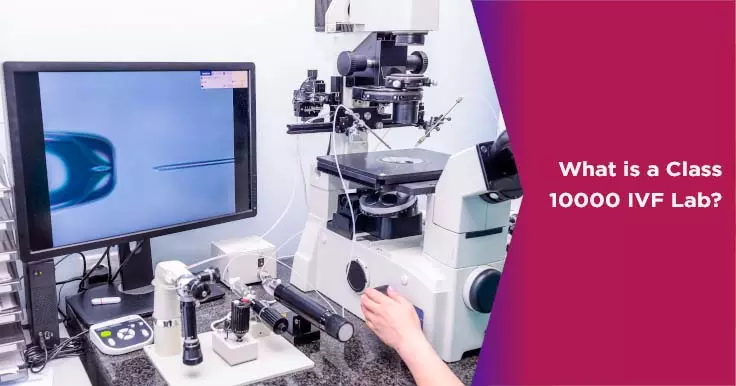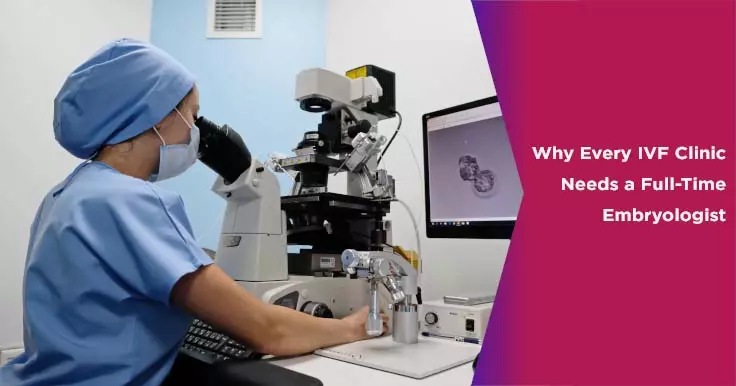Embryoscope: Can It Really Help You Conceive?

IVF is a popular infertility treatment. This involves retrieving eggs from the woman’s ovaries, using them to create an embryo with a sperm sample and then transferring the embryo back to the woman’s uterus. The creating and development of an embryo is done in an incubator that mimics the conditions of a woman’s uterus. A high tech incubator known as an embryoscope is the latest innovation in IVF.
What is an Embryoscope
An embryoscope is a high-tech incubator that allows embryologists to monitor the embryo development without needing to remove them from the incubator. This incubator provides the ideal environmental conditions for the embryo to develop outside the uterus. Most embryos reach the desired stage of development for transfer within 3-5 days in the incubator.
The embryoscope takes photographs of the embryo at regular 5-minute intervals. These images are then strung together to form a time lapse video. This video helps the embryologist monitor the development of the embryo without having to take it out of the incubator. Thus, it minimizes the risk of damage. For this reason, embryoscope success rates are typically higher than traditional IVF success rates.
An embryoscope also allows doctors to see every stage of development and identify growth patterns. Thereby, aiding the embryologist in selecting the ideal embryo for transfer based on both morphology and kinetics. Thus, the information provided by the time-lapse video makes it easier to identify the embryo with the highest implantation potential.
Who can benefit from an Embryoscope?
Not all patients undergoing IVF need their embryos to be developed in an embryoscope. This is usually advised only to couples who have a large number of healthy embryos to choose from or have had multiple miscarriage or implantation failure. Your doctor will be the best person to advise you on whether or not you can benefit from this.
 Infertility Counselling
Infertility Counselling Female Infertility Treatment
Female Infertility Treatment Andrology Treatment
Andrology Treatment Fertility Enhancing Surgeries - Female
Fertility Enhancing Surgeries - Female Fertility Enhancing Surgeries - Male
Fertility Enhancing Surgeries - Male Endoscopy Treatment
Endoscopy Treatment IUI Treatment
IUI Treatment IVF Treatment
IVF Treatment ICSI Treatment
ICSI Treatment Advanced IVF Solutions
Advanced IVF Solutions Embryology
Embryology Vitrification Egg, Embryo, Sperm Freezing
Vitrification Egg, Embryo, Sperm Freezing Preimplantation Genetic Testing (PGT)
Preimplantation Genetic Testing (PGT) Donation Program Embryo / Egg / Sperm
Donation Program Embryo / Egg / Sperm Self-cycleTM IVF
Self-cycleTM IVF

 Self-cycleTM IVF
Self-cycleTM IVF










